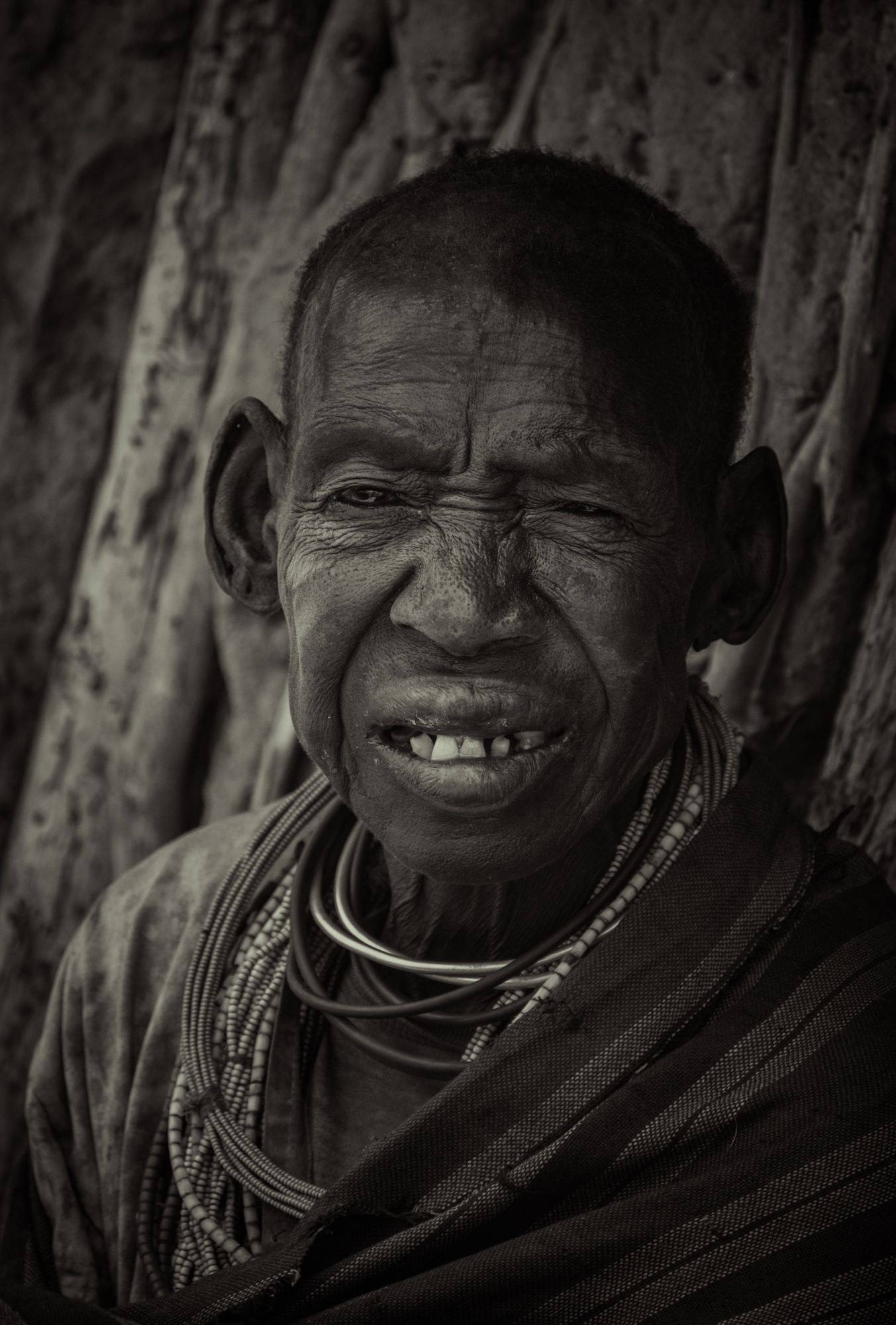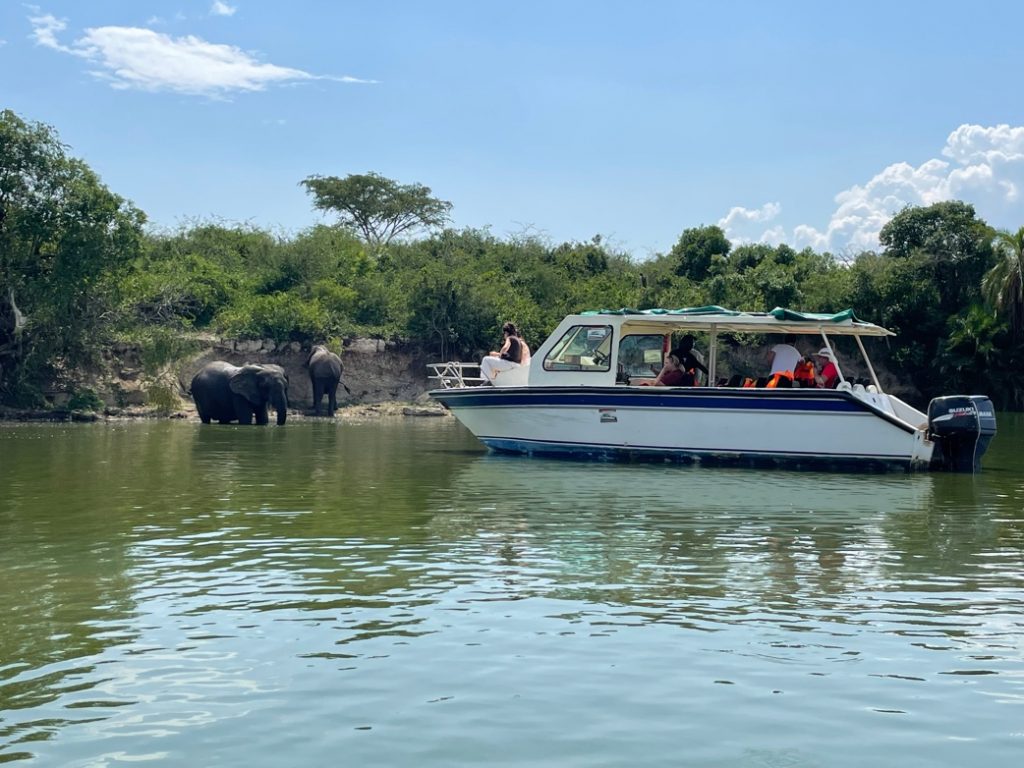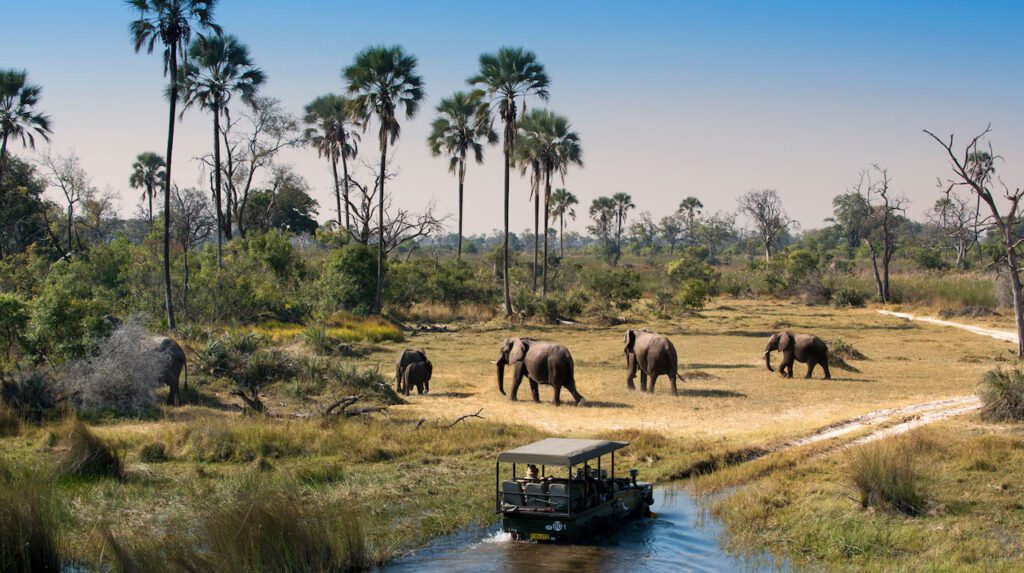The Karimojong/Karamojong are found in the districts of Kotido, Moroto, Kaabong, Abim, and Nakapiripiriti,in the northeast part of Uganda. They are part of the Atekerin-speaking peoples of Uganda. The origins of the word Karimojong are quite uncertain but a legend from Teso and Karamoja itself asserts that the two names iteso and Karimojong were derived during their migrations-within Uganda.
THE ORIGIN
Although the Karimojong has common origins with the Langi and the iteso, some elements of their culture differ greatly from those of the langi. This is because the langi became more prone to foreign influences during their migratory cycle. Even among the Karimojong of today, the customs which depicted the mode of life of the traditional stock have slightly, if not greatly been affected by the forces of change such as intercultural adaptations. Nonetheless, the Karimojong still stands as a distinct group with some elements of their cultural heritage intact.

SOCIAL SET UP
The social system of the Karimojong was centered around the clan system and they shared similar cultural elements with the langi and the Iteso. Marriage Before the boy could announce his intention to marry, he had to prove to the elders o the village that he was already a man. In early times when lions and elephants still teemed across the southern Karamoja plains, the boy had to set out alone armed only with a spear to hunt and kill single-handed a lion or an elephant that roamed the plains. The worrier would prove the achievement by reporting to the clan/family elders at a formal meeting called a Baraza. He would show blood on his spear blade and also present the animal's tail. The remaining problem now would be to fund sufficient cattle to pay the bride's wealth. A bull was always killed and shared among the boys upon proving his manhood to his father. From then on he was considered to have attained marriageable age and with the permission of the elders, he could begin to wear ostrich feathers. And the boy's father would instruct him to look for a girl to marry. Sexual contact was a usual prerequisite for the actual marriage and cases were few in which the bride's wealth was paid before such contact had taken place
Political set-up
These were a segmentary society. it was always the elders who were vested by Leadership and the clan was the basic unit of political administration. The heads of the different clans constituted the council of elders which was responsible for administering justice, settling disputes, maintaining law and order, and punishing lawbreakers. All the elders occupied a position of political importance in society. They also performed important tendering sacrifices to the gods.

The groom and the zebra
The Karimojong were polygamous. The number of wives a man could marry was only limited by bride wealth agreements. Marriage between relatives was never allowed at all, no matter how distant the degree of consanguinity. Customarily, the girl was always taken through a large kraal entrance and led to her own house. Donning his leopard skin cloak, his knee bells, headdress, and zebra tail, the groom would circle the entire village pretending to be a brave animal, tossing his head and swishing his tail. People would gather in the cattle kraal as the ceremony is rounded off with a tremendous dance.

Economy
The Karimojong are pastoralists by nature and their love for cattle is intense. Cows are regarded as means of livelihood and for paying bride wealth. Among the Karimajong, the bride's wealth was high and it was paid in cows. Brides were very expensive items. Bride-wealth ranged from fifty to one hundred heads of cattle. It was due to this and the custom of “spear-blooding” that Karimajong usually resorted to cattle raiding. To most of them, spear-blooding was necessary when a young boy had passed through what was known as the initial stage and desired to get married.
Food
Karimojong food consists of milk and defibrinated blood, which was usually supplemented with meat, millet, beans, and sorghum. When goats and goats die, they eat the meat but cannot naturally kill them for food. In ancient days, when they ate meat, they did it thoroughly; the whole carcass save hides, horns, and hooves was consumed. The children were usually given milk from the age of six months when breast milk became inadequate. Feeding on blood mixed with milk was also a delicacy and this was never cooked, it was simply drunk. And was always enjoyable mostly In the dry seasons.


















